Growing Shishito Peppers from seed are relatively easy and can be done even if you don’t have a lot of space. With patience, you can enjoy fresh Shishito Peppers from your garden. Growing Shishito Peppers from seed is a great way to start gardening. You will be rewarded with a delicious crop of these unique and flavorful peppers from when you plant your seeds until they are ready to harvest and enjoy. With proper soil preparation, regular watering, plenty of sunlight, and proper fertilization, you’ll soon be enjoying abundant fruits that will impress.
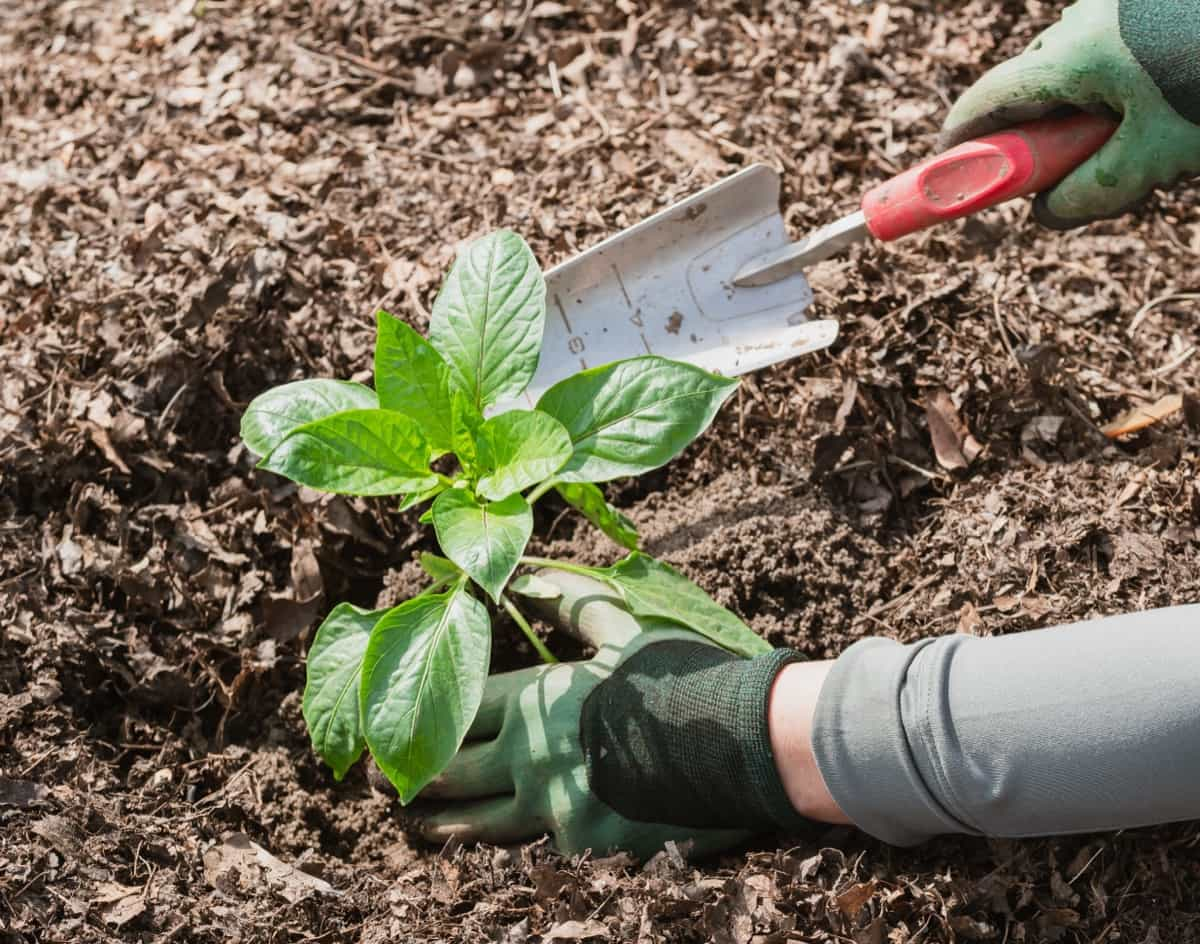
How to Grow Shishito Peppers from Seed
Container Size Required for Growing Shishito Peppers
You’ll need a minimum of a 5-gallon pot at least 12 inches deep, but bigger is always better. If you plan on growing multiple plants, you’ll need a larger pot or container for each one.
When it comes to drainage, make sure your pot has drainage holes in the bottom. Shishito Peppers like their roots to stay moist but not wet, so good drainage is essential.
If your pot doesn’t have drainage holes, you can drill them yourself or line the bottom with rocks or gravel to help with water drainage. Once you’ve sorted your pot and drainage, it’s time to fill it with a quality planting mix. Peppers like rich soil full of nutrients, so look for a mix containing compost or other organic matter. Add some slow-release fertilizer to the mix before planting to give your pepper plants a little extra boost.
Propagating Shishito Peppers from Seed
If you want to grow Shishito Peppers from seed, there are a few things you need to know.
Fill a seed tray with moistened potting mix and sow the seeds thinly. Cover the tray with plastic wrap or a lid to keep the soil moist and warm. Place the tray in a warm location (around 21-24°C) out of direct sunlight and wait for the seeds to germinate.
To ensure the successful germination of Shishito Pepper seeds, sow them indoors a few weeks before the last frost date in your area. Use a seed starting mix and sow the seeds ¼ inch deep. Seeds will germinate in 7-21 days. Once seedlings emerge, provide plenty of light, preferably from a south-facing window. If using grow lights, keep them on for 14-16 hours daily. Once the seedlings have emerged, remove the cover and place them in a sunny spot. Water them regularly, being careful not to overdo them as they can be susceptible to root rot.
In case you missed it: How to Grow Habanero Peppers from Seed: A Step-by-Step Planting Guide for Beginners
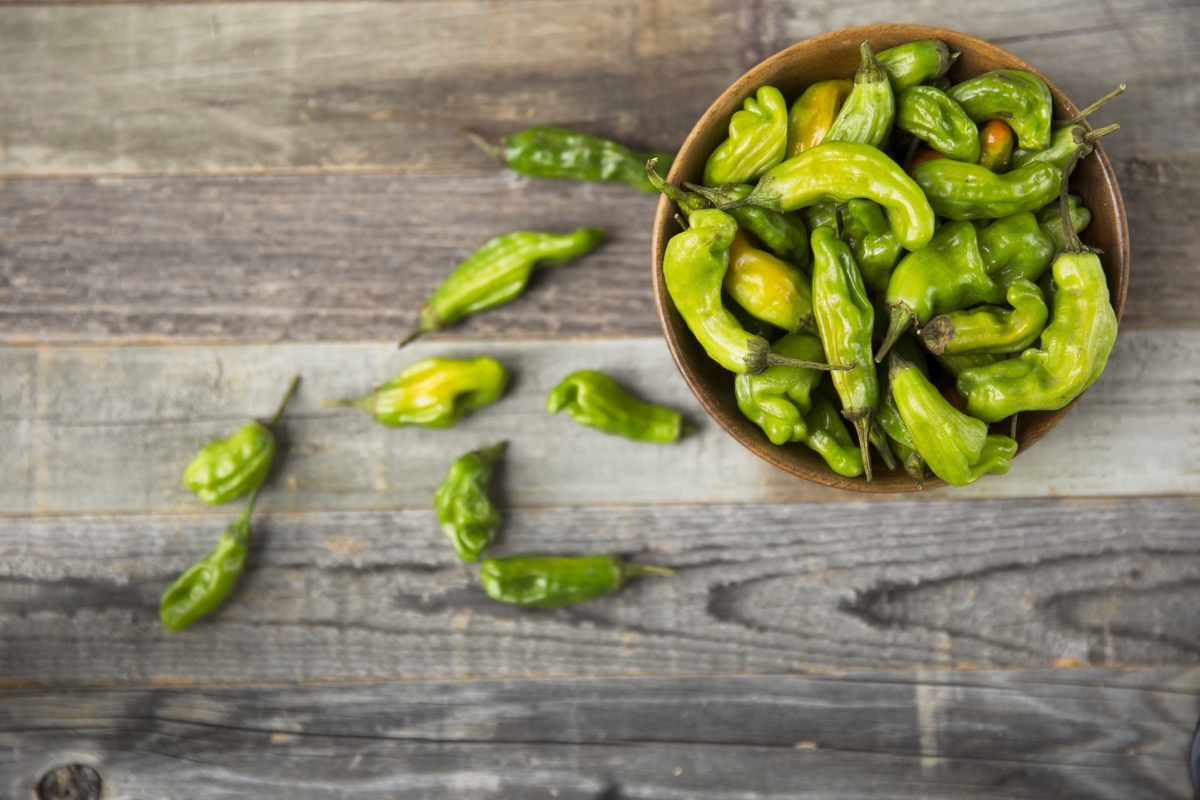
Transplanting Shishito Peppers seedlings
Once the Shishito Pepper seedlings reach 4 to 6 inches tall, transplant them into your garden bed filled with well-draining soil mix. Carefully harden them off first by slowly acclimating them to outdoor conditions over 7-10 days before planting them out permanently. Once seedlings are 2-3 inches tall, transplant them into pots. Keep the soil moist, and continue to provide plenty of light. When night temperatures remain above 15°C and daytime temperatures are above 20°C, acclimatize plants to the outdoors by gradually increasing their exposure to direct sunlight and wind over 7-10 days.
Transplant seedlings into the garden after all danger of frost has passed and nighttime temperatures consistently remain above 15°C. If you’re starting your Shishito Peppers from seed, transplant them into individual pots or raised beds once they have grown their first true leaves. Use a sterile potting mix and water well before transplanting. Be sure to harden off your seedlings for a week before planting them outside. When transplanting, bury the stem up to the first set of leaves. This will encourage rooting along the stem.
Shishito Peppers Plant Care
Climate Suitable for Growing Shishito Peppers from Seed
For Shishito Peppers to germinate and grow properly, they need warmth and sunshine. The ideal temperature range for growing Shishito Peppers is 21-24°C. They can be grown in a greenhouse or on a sunny windowsill indoors. If you’re growing them outdoors, ensure they’re in a spot that receives 6 hours of direct sunlight daily.
Shishito Peppers are typically small and slender, with a milder flavor than other chili peppers. Shishito Peppers thrive in warm climates with long growing seasons. They should be planted in early spring after the last frost has passed. The plants will need full sun and well-drained soil to prosper. Keeping the soil moist is important, as this can lead to root rot.
Soil Requirement for Growing Shishito Peppers from Seed
When growing Shishito Peppers, it is important to use well-draining soil. Soil that is too heavy or has poor drainage can lead to problems like root rot. If you are unsure about the quality of your soil, it is always best to get a soil test done before planting anything. If you live in hot summers, it is best to plant Shishito Peppers in raised beds or containers so the roots do not get too hot.
In case you missed it: How to Grow Serrano Peppers from Seed: A Step-by-Step Planting Guide for Beginners
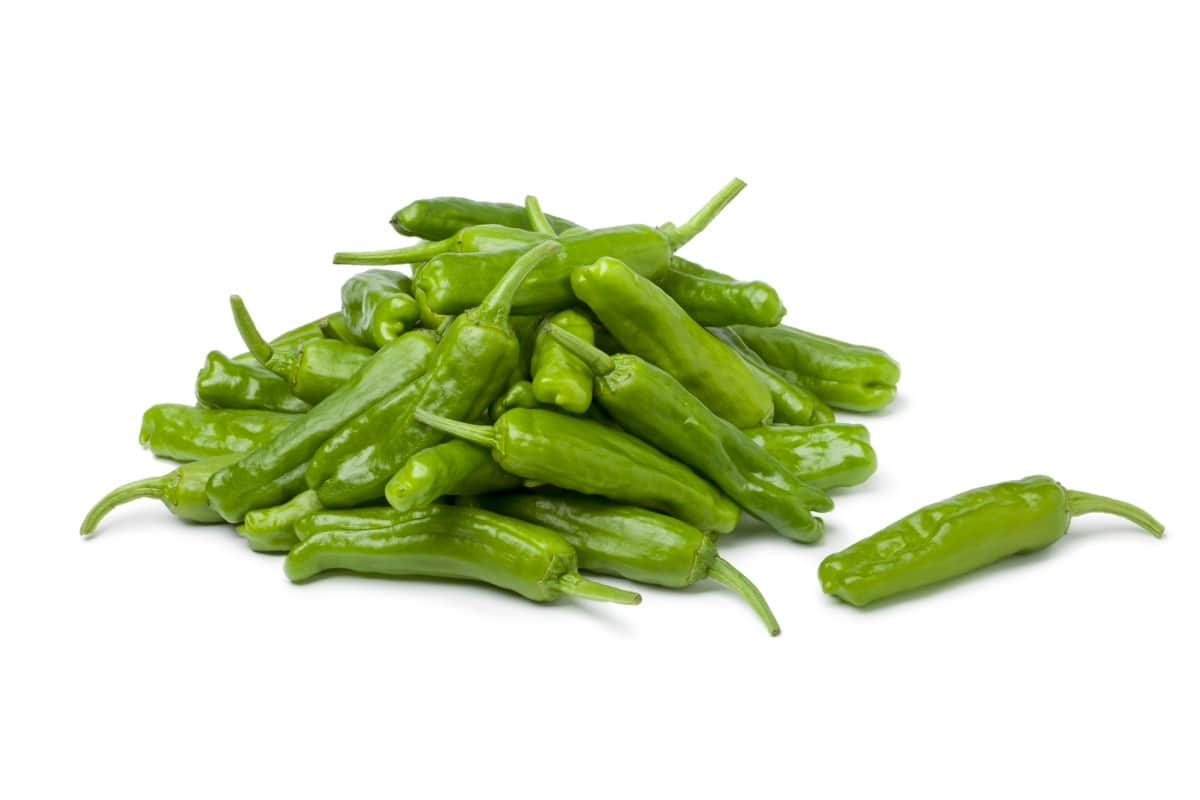
Peppers need warm temperatures to thrive, but they also need some protection from the scorching summer sun. To help your Shishito Peppers grow strong and productive plants, fertilize them regularly with a high-quality fertilizer. Once they start producing peppers, you can also side-dress them with compost or manure to give them an extra boost of nutrients.
Water Requirement for Growing Shishito Peppers from Seed
To ensure your Shishito Pepper plants have enough water, it’s important to keep an eye on the moisture level in the soil. The ideal soil moisture for Shishito Peppers is moist but not soggy. Let the top soil layer dry out slightly between watering. Water your Shishito Pepper plants deeply and evenly, about 1-2 inches weekly.
You should water at the base of the plant, avoiding wetting the leaves and stems. Shishito Peppers need a lot of water to grow well. They should be watered deeply and frequently, especially when the plants are young and fruiting. The peppers will be small and bitter if they are grown in too dry conditions.
Fertilizer Requirement for Growing Shishito Peppers
Adding a small amount of organic matter to the soil before planting will help provide nutrients and improve drainage. Peppers grown in poor or compacted soils may benefit from a side dressing of compost or other organic matter during the growing season. Shishito Peppers are relatively easy to grow and have few specific fertilizer requirements. Generally, a well-balanced fertilizer applied according to the package directions should be sufficient.
In case you missed it: How to Grow Tabasco Peppers from Seeds: At Home, In Pots, Raised Beds, Terraces, and Backyard
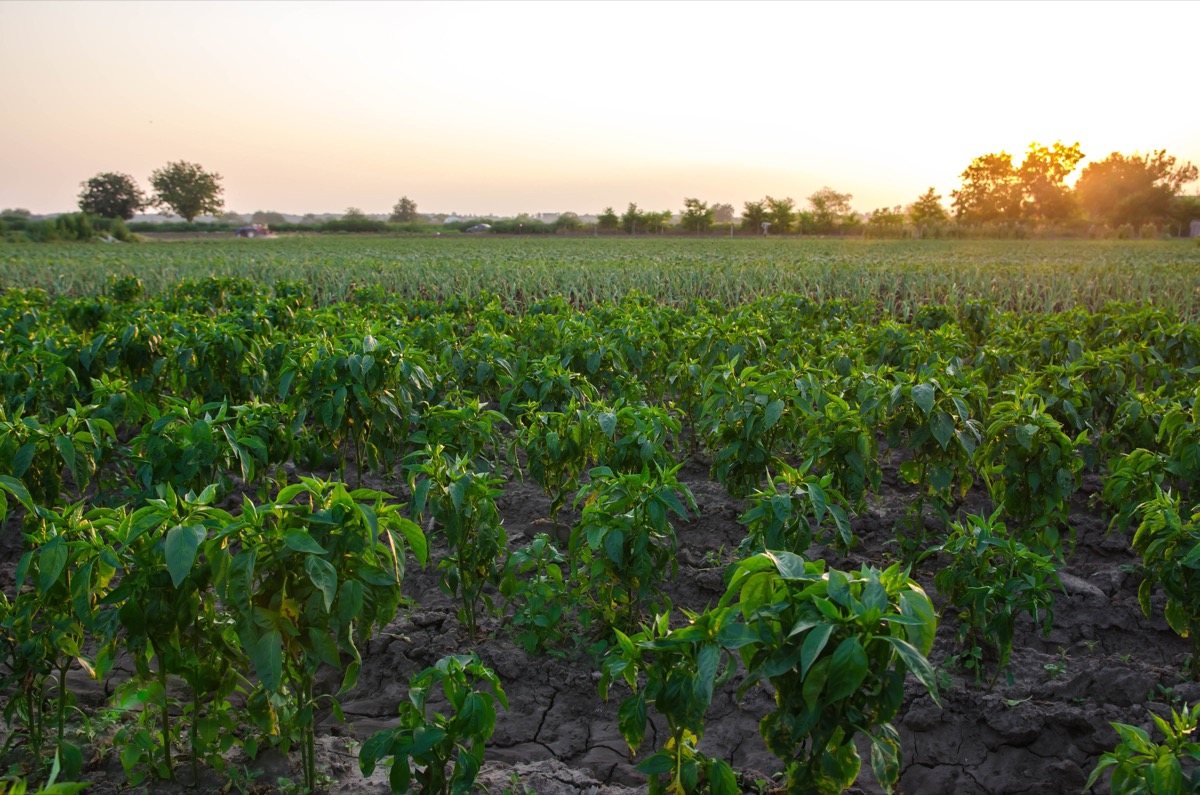
Some gardeners like adding a little extra nitrogen when planting Shishito Pepper seeds or seedlings, which can help encourage growth. Once the plants are established and produce peppers, you can side-dress them with a bit of compost or additional fertilizer if needed. You should not overdo it, as too much nitrogen can produce fewer peppers.
The best fertilizer for growing Shishito Peppers is a high-phosphorus fertilizer. A high-phosphorus fertilizer will help promote healthy growth and fruiting. Look for a fertilizer with a ratio of 5-10-5 or 8-16-8. Apply the fertilizer when you sow the seeds and again when the plants are 6-8 weeks old.
Pruning Shishito Peppers Plants
You must prune them to keep them from getting too leggy or overcrowded. To do this, cut off any branches that are growing outside of the main plant’s canopy. You can also trim back any branches that are crossing over each other or rubbing against each other. Pruning Shishito Peppers is important in ensuring a healthy and bountiful harvest.
Removing damaged leaves and crowding the plant allows more air and sunlight to reach the peppers, helping them grow strong and produce more peppers. To prune your Shishito Pepper plants, trim any dead or dying leaves. Then, cut back any leaves crowding the plant or blocking light from reaching the peppers. Finally, remove any leaves that show signs of disease or damage.
Shishito Peppers Plant Care in Winter
Shishito Pepper plants will show signs of stress when the weather cools in autumn. The Pepper leaves will turn yellow and fall off the plant, and the peppers will stop growing. To overwinter your Shishito Pepper plants, place them in a sunny spot indoors where they will be protected from frost. Keep the soil moist, and fertilize with a diluted liquid fertilizer every few weeks. If the leaves begin to drop off, trim them back. Your plants should remain healthy and continue to produce peppers into the winter months.
Pests and Diseases of Shishito Peppers and their Control
The most common pests of Shishito Peppers are aphids, whiteflies, and spider mites. These pests can cause serious damage to the plants and can lead to yield loss. Aphids feed on the sap of plants. They can weaken the plant and cause it to produce fewer peppers. Whiteflies are small insects that feed on the undersides of leaves. They can also transmit diseases to plants. Spider mites suck the sap from leaves. They can turn the leaves yellow and eventually drop off. Pests of Shishito Peppers can include aphids, mites, whiteflies, and thrips.
In case you missed it: How to Grow Ghost Peppers from Seed: At Home, in Pots, Raised Beds, Terrace, and Backyard
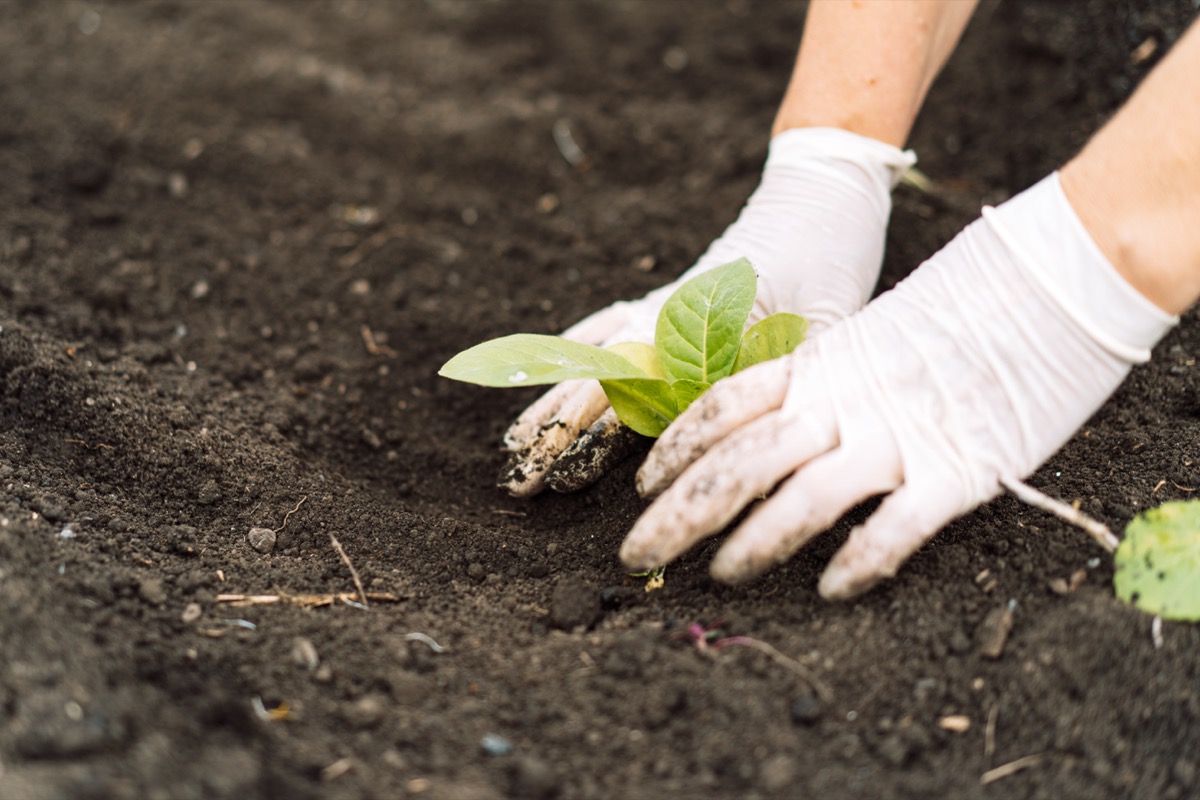
To control these pests, you can use various techniques such as crop rotation, floating row covers, and spraying the plants with insecticidal soap or neem oil solution. You can also release ladybugs or beneficial nematodes into your garden to help control the pest population. The most common disease of Shishito Peppers is Phytophthora root rot, caused by the fungus. This disease is particularly damaging to young plants and can kill them outright. Older plants can survive but may produce smaller peppers.
To control this disease, choose a well-drained planting site and avoid overwatering. If you suspect your plants are infected, remove them immediately and destroy them to prevent the spread of the fungus. Other diseases affecting Shishito Peppers include powdery mildew and blossom end rot. Powdery mildew appears as white or grey powdery patches on the leaves and stems of plants. It causes the leaves to curl up and die. Blossom end rot appears as dark brown or black patches on the bottom of the pepper fruit. These diseases can be controlled by using a fungicide according to package directions.
Harvesting Shishito Peppers
To harvest your Shishito Peppers, wait until the peppers are about 3-4 inches long and have turned a bright green color. You can then start picking them by gently twisting them off the plant. Avoid damaging the plant; you do not want to harm future production. Once you have picked all the ready peppers, give the plants a good watering and fertilize them if needed.
In case you missed it: Best Tips for Making Pepper Plants Hotter: Great Ideas for Beginners

Conclusion
Growing Shishito Peppers from seed is a rewarding and straightforward process. With the right soil conditions, proper watering, and ample sunlight, you can easily grow your delicious crop of this popular pepper. Growing Shishito Peppers from seed can be a fun and rewarding experience that will yield delicious results.
With patience and care, soon, you’ll be harvesting large amounts of sweet and spicy Shishito Peppers that will last through the winter months. When it comes time for harvest, remember to be patient as your peppers may take some time before they are ready, but the wait will be worth it. With these tips and some dedication, you’ll soon have plenty of delicious Shishito Peppers to enjoy all summer.
- Gardening Techniques in Planting Vegetables
- Where to Place Indoor Plants in Your Home
- How to Grow Tomatoes Organically at Home: A Comprehensive Guide
- Organic Gardening on a Budget: Low-Cost Methods and Materials
- Gongura Seed Germination and Planting Methods
- Cabbage Seed Germination and Selection
- Broccoli Seed Germination and Selection
- Asparagus Seed Germination and Variety Selection
- Seasonal Flower Gardening: Best Practices for Spring, Summer, Fall, and Winter